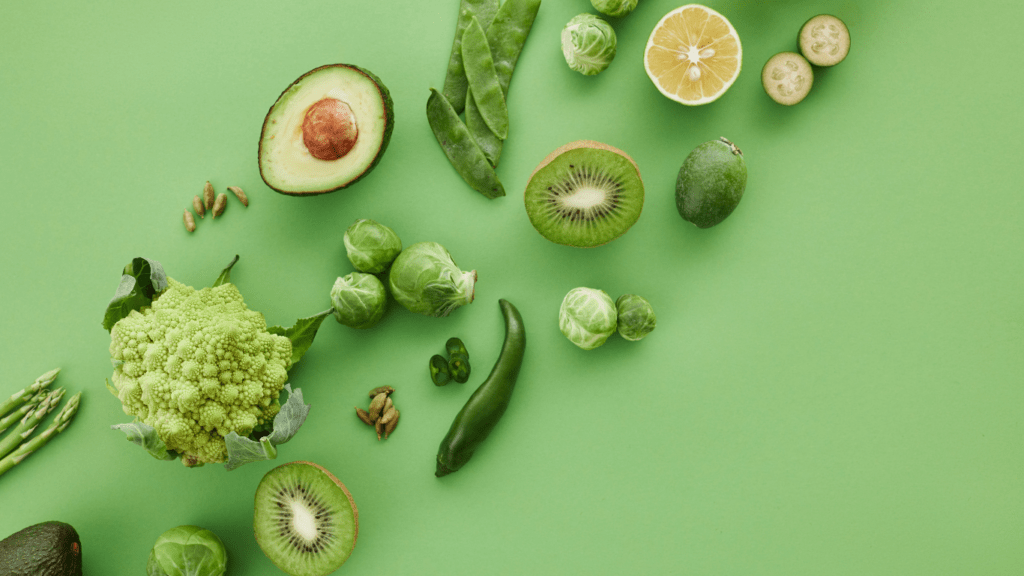What is Pustular Discharge?
Pustular discharge is a type of fluid that is produced by the body in response to infection or inflammation of the skin. It is often white or yellow in color and can have a thick, puslike consistency. Pustular discharge is commonly associated with conditions such as acne, boils, and infections of the hair follicles.
Causes of Pustular Discharge
There are several factors that can contribute to the development of pustular discharge. One of the main causes is bacterial infection, which can occur when bacteria infect the hair follicles or oil glands of the skin. This can lead to the formation of pusfilled lesions that eventually rupture and release pustular discharge.
Other common causes of pustular discharge include hormonal imbalances, excessive oil production, and poor hygiene. Certain medications, such as corticosteroids and immunosuppressants, can also increase the risk of developing pustular discharge.
Symptoms of Pustular Discharge
The main symptom of pustular discharge is the presence of pusfilled lesions on the skin. These lesions can range in size and may be painful or tender to the touch. In some cases, pustular discharge may be accompanied by redness, swelling, and inflammation of the surrounding skin.
Treatment Options for Pustular Discharge
Treatment for pustular discharge will vary depending on the underlying cause of the issue. In cases where bacterial infection is the culprit, antibiotics may be prescribed to help clear up the infection and reduce inflammation. Topical treatments, such as benzoyl peroxide or salicylic acid, may also be recommended to help unclog pores and reduce oil production.
In more severe cases, procedures such as drainage or incision and drainage may be necessary to remove pus and relieve pressure on the affected area. It is important to consult with a healthcare professional before attempting any home remedies or treatments for pustular discharge.
Managing and Preventing Pustular Discharge
There are several steps that can be taken to help manage and prevent pustular discharge. Maintaining good hygiene by washing the skin regularly with a gentle cleanser can help reduce the risk of infection and inflammation. Avoiding harsh skincare products and cosmetics that may clog pores can also be beneficial.
In addition, following a balanced diet rich in fruits, vegetables, and lean proteins can help support overall skin health and reduce the risk of developing pustular discharge. Staying hydrated and getting an adequate amount of sleep can also help promote healthy skin and prevent outbreaks.
In conclusion, pustular discharge is a common issue that many people face, but with proper treatment and preventive measures, it can be managed effectively. By understanding the causes, symptoms, and treatment options for pustular discharge, individuals can take control of their skin health and minimize the impact of this unsightly issue.


 Founder
Damond Boucherley is the visionary founder of Aura Nature Spark, dedicated to promoting well-being through holistic practices. With a passion for nutrition, exercise, and mindfulness, Damond brings years of experience in health and wellness to the forefront of the organization. He believes in the transformative power of nature and is committed to providing valuable insights and resources that inspire individuals to live their best lives. Under his leadership, Aura Nature Spark continues to grow as a trusted source for health enthusiasts seeking balance and vitality.
Founder
Damond Boucherley is the visionary founder of Aura Nature Spark, dedicated to promoting well-being through holistic practices. With a passion for nutrition, exercise, and mindfulness, Damond brings years of experience in health and wellness to the forefront of the organization. He believes in the transformative power of nature and is committed to providing valuable insights and resources that inspire individuals to live their best lives. Under his leadership, Aura Nature Spark continues to grow as a trusted source for health enthusiasts seeking balance and vitality.
